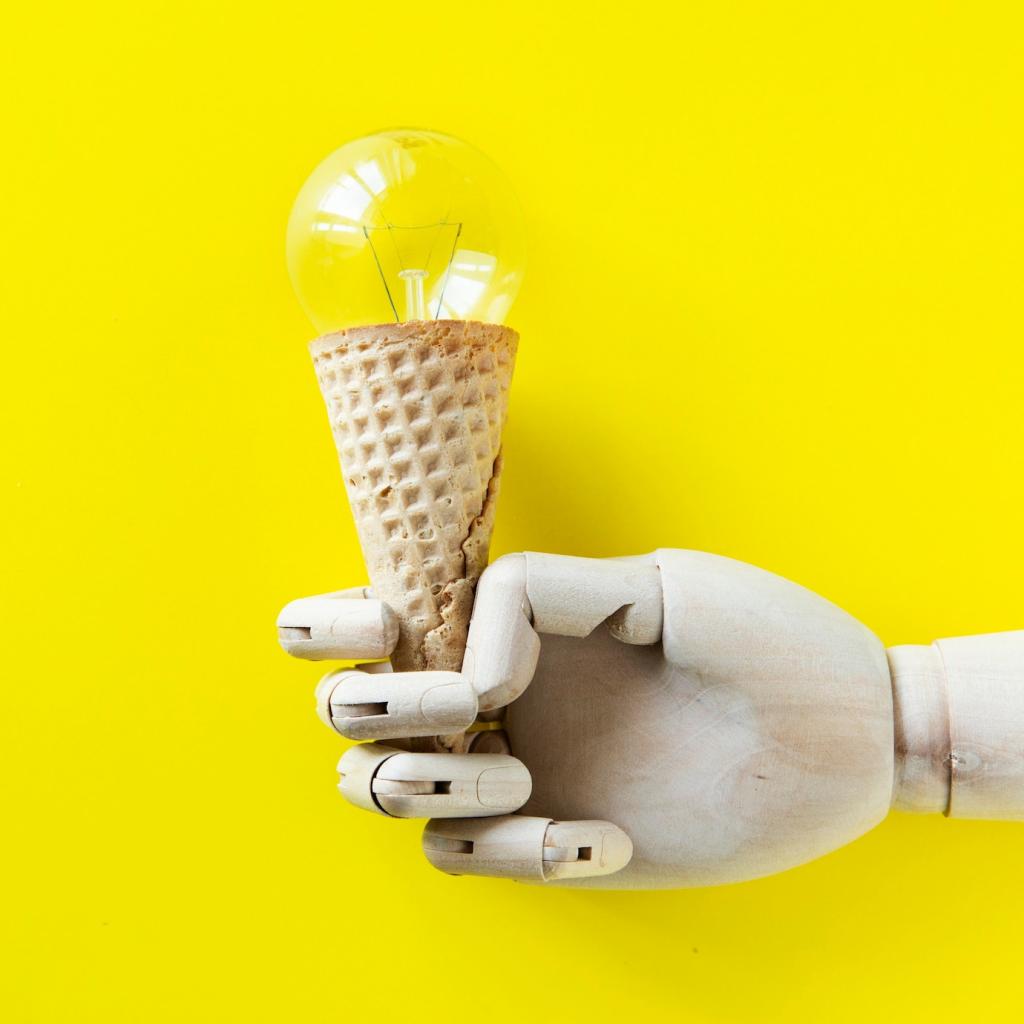
Sustainable Furniture Design: Upcycling Inspirations
Chosen theme: Sustainable Furniture Design: Upcycling Inspirations. Welcome to a home for resourceful creators, curious newcomers, and everyday tinkerers who see possibility in the overlooked. Explore ideas, stories, and practical steps to turn cast-offs into character-rich, planet-friendly furniture.


Why Upcycling Changes How We Live at Home
Every year, millions of tons of furniture end up in landfills, often after shockingly short lifespans. Upcycling interrupts that cycle by redirecting materials to new uses, saving money while preserving the unique textures and stories embedded in older objects.
Why Upcycling Changes How We Live at Home
Replacing a mass-produced coffee table with an upcycled alternative can avoid emissions from harvesting, manufacturing, and shipping. Combine salvaged wood and reclaimed hardware, and you dramatically shrink hidden environmental costs while building something distinctly yours.
Materials That Want a Second Life
Salvaged Wood with History
Floor joists, barn boards, and shipping crates often hide dense, old-growth timber with tight grain and incredible durability. Clean, de-nail, and plane carefully to reveal character in every knot, sunburned edge, and paint ghost that whispers of previous lives.
Metal, Brass, and Steel Reimagined
A rusted steel frame can become a minimalist bench or shelving base with wire brushing, rust converter, and a breathable finish. Brass handles from vintage drawers add warmth and authenticity, turning functional details into charming, long-lasting highlights.
Textiles, Leather, and Unexpected Soft Surfaces
Old leather jackets, denim, and wool blankets can upholster stools or panels, delivering comfort and resilience. Double-layer fabrics, reinforce seams, and add natural batting from cotton or hemp to create tactile, breathable surfaces with honest, lived-in appeal.
Design Principles for Durable Upcycled Furniture
Design for Disassembly
Use mechanical fasteners and reversible joints so parts can be repaired, upgraded, or replaced. Label components, choose standardized hardware, and avoid permanent adhesives where possible to keep every future fix straightforward, empowering, and waste-conscious.
Honest Repairs and Visible Mending
Let patches and dutchmen become design features. A butterfly key across a crack or a contrasting plug in a screw hole can celebrate the life of the material, telling a story while stabilizing your upcycled furniture with integrity.
Finishes That Respect the Planet
Select low-VOC oils, water-based varnishes, or plant-wax blends that protect without suffocating wood. Test compatibility on scraps, build thin coats for depth, and allow generous curing time for safer indoor air and lasting, natural sheen.
Tools, Techniques, and Safety for Upcycling
01
Essential Hand and Power Tools
A sharp block plane, random-orbit sander, drill-driver, and flush-cut saw handle most projects. Add clamps, a square, and a moisture meter to bring reclaimed wood into safe tolerance before joinery, ensuring stability and fewer unpleasant surprises.
02
Joinery Without Excess
Pocket screws, dowels, and knock-down connectors suit varied reclaimed stock. When wood dimensions vary, scribe joints and use cauls during glue-ups to maintain alignment. Choose methods that respect irregularities rather than forcing false perfection.
03
Safety, Ventilation, and Testing
Always check for lead paint, unknown finishes, and hidden fasteners. Use a respirator when sanding, work outdoors or with strong ventilation, and test surfaces for stability before load-bearing use to keep your upcycled furniture safe and reliable.
Room-by-Room Upcycling Ideas
Transform a battered coffee table with a reclaimed parquet top and matte hardwax oil, then pair with a crate-turned media console. Share your favorite living room rescue in the comments, and inspire someone starting their first upcycling project today.
Room-by-Room Upcycling Ideas
Old doors become dining tables with breadboard ends, matched to steel hairpin legs from a scrapyard. Salvaged spice racks and pegboards organize utensils. Tell us which kitchen piece you would upcycle first, and we will spotlight creative reader solutions.
Room-by-Room Upcycling Ideas
Create a headboard from pallet slats, stained in varied tones for gentle depth. Convert a vintage trunk into an entry bench with hidden storage. Post your before-and-after photos and subscribe for monthly challenges to elevate sustainable furniture design at home.
We salvaged maple planks from a closing gym, nail holes and painted court lines intact. Flattened carefully, the lines became graphic inlays. Comment if you would keep the stripes visible or sand them away for a quieter, refined finish.

Tell Us What You Are Upcycling
Drop a comment describing the cast-off you want to transform, your skill level, and available tools. We can suggest tailored joinery, finishes, and layout ideas that match your sustainable furniture design vision and timeline.
Monthly Upcycling Challenges
Join our themed challenges, like turning a discarded drawer into a wall shelf or reinventing an office chair. Submit progress updates, ask questions, and vote on favorites. Winners receive a spotlight feature and community kudos, not consumption-driven prizes.
Newsletter and Community Gallery
Subscribe for tutorials, reader spotlights, and tool safety reminders focused entirely on upcycling inspirations. Share photos in our gallery and tag your builds so others can learn from your process while celebrating sustainable furniture design that genuinely lasts.

